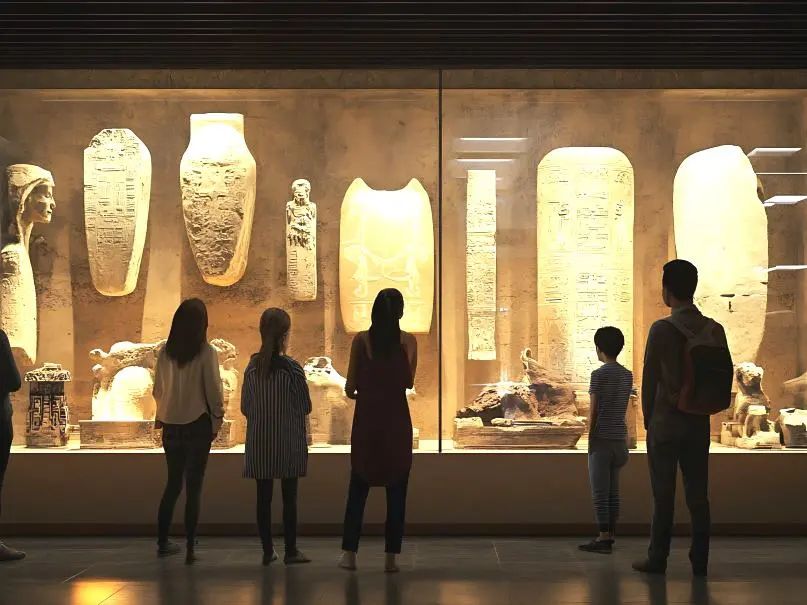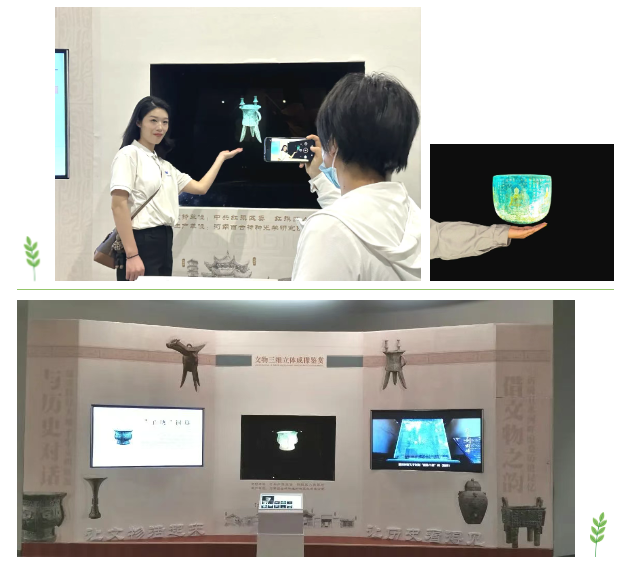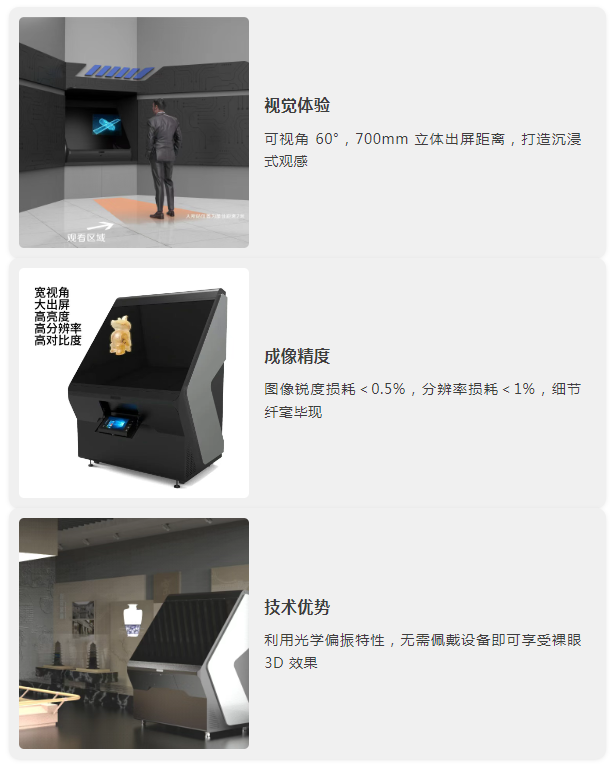In 1977, the International Council of Museums (ICOM) officially designated May 18th of each year as "International Museum Day". The original intention of its establishment was to encourage museums worldwide to fulfill their functions of social education and cultural communication, thereby enhancing the public's awareness of human cultural heritage, natural heritage, and their protection.
In 2025, this cultural event will take "Museums in a Rapidly Changing Society: Future of Tradition" as its theme, deeply echoing the trends of the times. Amid the surging tides of globalization, technological innovation, and social transformation, museums, as key connectors, innovators, and guardians of cultural identity, are faced with an urgent mission to re-examine their roles and resonate in tandem with the era.
For a long time, cultural relics in museums have mostly been displayed in static forms, confined within exhibition cases. Viewers can only observe their shapes from a distance through glass, making it difficult to perceive details or appreciate the vivid historical stories behind them. This traditional display method has greatly restricted the depth and vitality of cultural communication, becoming an invisible barrier between cultural relics and audiences.

How to break this dilemma and make cultural relics truly "come alive"? Lily's R&D team has provided an innovative solution – the aerial suspended 3D imaging device. Currently, this device has been implemented in multiple museums. Designed based on the principle of "pupil light integration," it combines large-size high-precision reflection modules and utilizes the polarization properties of optics to enhance light energy utilization and image contrast. Finally, it achieves suspended display effects with wide viewing angles, large off-screen performance, high brightness, and high contrast, creating a brand-new path for cultural relics display. With just a light touch on the control console, users can rotate and zoom in on cultural relics 360 degrees, observing craftsmanship details up close and experiencing the cultural shock across time and space.

In the Xinxiang Museum, after applying this device to display Shang and Zhou bronze wares, the average viewing time of audiences has increased by 40%, and the interactive experience participation rate has soared to 75%, fully demonstrating the powerful charm of cultural relics display empowered by technology.
Breaking the boundaries of cultural heritage, the aerial imaging device is shining in more fields. In science popularization pavilions, the star trajectories of the vast universe and the mysteries of cells in the microscopic world can all be transformed into 凌空懸浮 (凌空懸浮:凌空 suspended) three-dimensional images, making obscure knowledge instantly vivid and touchable; in cultural tourism scenic spots, if AR technology is integrated with aerial imaging, historical figures can step into the light and landscape paintings can flow with light and shadow the moment a code is scanned, weaving an immersive cultural dream interwoven with reality and illusion for tourists; in the scenario of in-vehicle elves, the interactive experience can also be more technological due to suspended imaging. From culture to science popularization, from commerce to life, the reason why Lily Optoelectronics' equipment can excel in multiple scenarios stems from its three core advantages:

Dialogues between technology and civilization are reshaping the narrative boundaries of museums. These innovative practices are not only a tribute to historical civilizations but also vivid annotations of technology empowering cultural inheritance. Lily Optoelectronics is committed to continuous innovation, joining hands with more partners to jointly write a new chapter in the integration of culture and technology, ensuring that the spark of human civilization continues to be passed down through innovation!